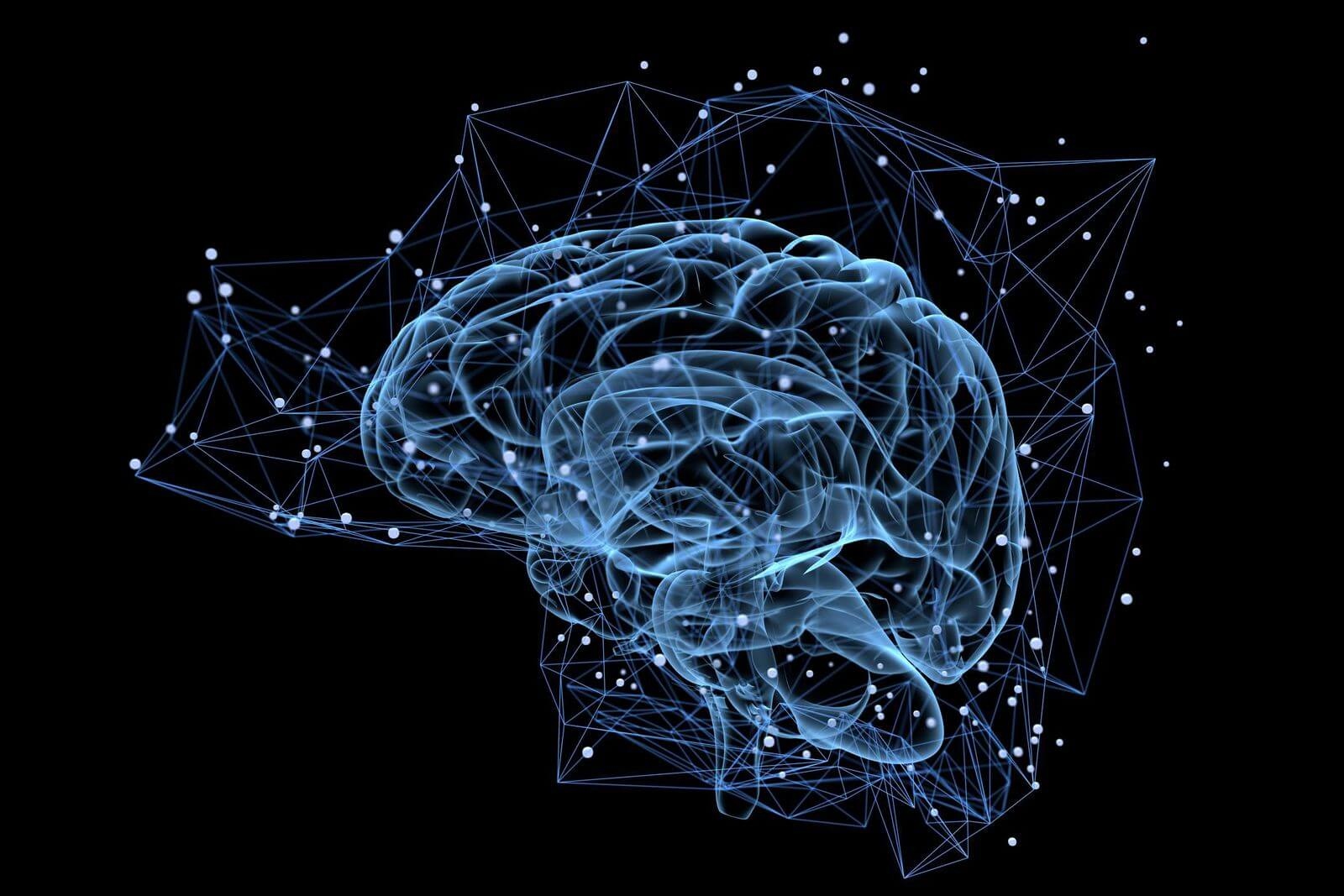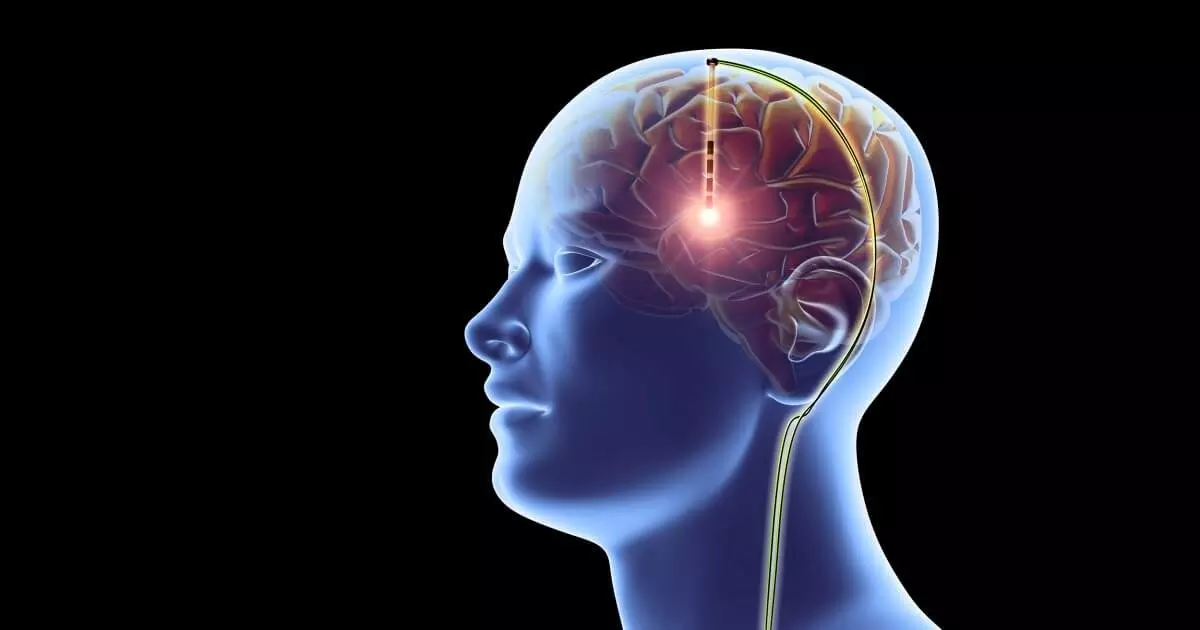Comments
- No comments found

Sound, as the vibration of air, may go the way of vinyl.
Let's start off with the definition of sound. Sound is the vibrations of air that stimulate the ear to produce a signal in your brain. And it's these reconstructed vibrations—transformed into neural signals—that allow your brain to recreate what is commonly referred to sound. That range of sound is limited by the functionality of our ear and the vibratory nature of air. That makes the "human" experience of hearing sound less a definitive experience and more of one limited by our physiology. Ask any dog, and you'll get the story of that whistle that only our canine friends can hear.
So, I got to thinking about the nature of sound—what we hear, what may actually exist, and what may be possible to expand or reinvent the capacity for our experience of hearing. Two things provoked this thinking, and of course based in technology. The first was the recent story about Elon Musk's Neuralink and how he suggested that "music" may be directly sent into our brains. No sound, in the traditional sense, but only electronic signals that our brain interprets and "conducts" into what our neurons decide is music. The second is the cochlear implant, a technology that about 50 years old. While this technology doesn't directly interface with the brain as the Neuralink technology, it does bypass the damaged area of the ear and directly stimulated the auditory nerve with electronic signals.

The future of sound and music may be completely redefined and reinvented by eliminating the conventional "air vibrational" sound and establish an electronic palette to expand this human sense into a new reality. Technology's digitization of sound made the vinyl record obsolete, the very nature of sound may become expand into less what the physical world creates, but what our brain can create in the ethereal cognitive space. The recording studio, ever-evolving as a technology itself, may become more of a sound laboratory where the conventions of decibel and musical note are advanced into an entirely new form—a form that lives electronically and manifests only in the complexity our neural circuits.
The electronic brain interface is certainly a reality in our future. Some may find the technology intrusive and frightening. Others may find it as a convenient form of "enhanced connectivity" to a reality that currently exists. But my sense, this direct interface for sound will not only enhance but expand this very experience of what sound is and what hearing can be. Beyond hearing, this can be potentially expanded to our other human senses to create a richer and perhaps even a more definitive presentation of our human reality. Seeing more, smelling deeper, touching more subtly, tasting more richly, and these combined can be a profound step forward.
In the final analysis, it's this "sensory" technology that can be an important step that doesn't intrude into our lives, but can actually make us even more human.
John is the #1 global influencer in digital health and generally regarded as one of the top global strategic and creative thinkers in this important and expanding area. He is also one the most popular speakers around the globe presenting his vibrant and insightful perspective on the future of health innovation. His focus is on guiding companies, NGOs, and governments through the dynamics of exponential change in the health / tech marketplaces. He is also a member of the Google Health Advisory Board, pens HEALTH CRITICAL for Forbes--a top global blog on health & technology and THE DIGITAL SELF for Psychology Today—a leading blog focused on the digital transformation of humanity. He is also on the faculty of Exponential Medicine. John has an established reputation as a vocal advocate for strategic thinking and creativity. He has built his career on the “science of advertising,” a process where strategy and creativity work together for superior marketing. He has also been recognized for his ability to translate difficult medical and scientific concepts into material that can be more easily communicated to consumers, clinicians and scientists. Additionally, John has distinguished himself as a scientific thinker. Earlier in his career, John was a research associate at Harvard Medical School and has co-authored several papers with global thought-leaders in the field of cardiovascular physiology with a focus on acute myocardial infarction, ventricular arrhythmias and sudden cardiac death.
Leave your comments
Post comment as a guest